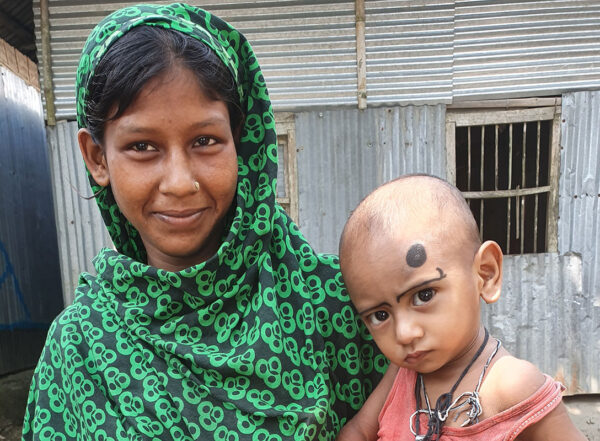New targets for childhood brain tumors identified
Neurons, immune cells work together to promote tumor growth in neurofibromatosis type 1
 Getty Images
Getty ImagesPeople with the genetic condition neurofibromatosis type 1 (NF1) are prone to developing tumors on nervous system tissue. A new study from Washington University School of Medicine in St. Louis has found that the development and growth of such tumors are driven by nearby noncancerous neurons and immune cells. The findings point to potential new therapeutic targets for people with NF1.
Children with the genetic condition neurofibromatosis type 1 (NF1) can develop brain and nerve tumors. If a tumor develops within the optic nerve, which connects the eye and the brain, the child may lose his or her vision.
New research at Washington University School of Medicine in St. Louis indicates that the growth of these brain tumors is driven by nearby noncancerous neurons and immune cells, and that targeting immune cells slows tumor growth in mice. The findings, published May 1 in Nature Communications, point to new potential treatments for low-grade brain tumors in people with NF1.
“The fact that nerve cells and immune cells interact to support a tumor is a new way of thinking about how tumors develop and thrive,” said senior author David H. Gutmann, MD, PhD, the Donald O. Schnuck Family Professor of Neurology and director of the Washington University Neurofibromatosis Center. “These tumors are arising in the nervous system, but until recently, few people had considered that the nerve cells themselves could be playing a role in tumor development and growth. These findings show that we have to consider nerve cells as participants, if not essential drivers, of cancer development.”
NF1 affects about one in every 3,000 people. It is caused by any one of a variety of mutations in the NF1 gene. While people with NF1 usually come to medical attention for birthmarks on their skin, nearly one in five children with NF1 will develop a brain tumor on the optic nerve, called an optic glioma.
To better understand what drives the development and growth of these brain tumors in people with NF1, first author Xiaofan Guo, MD, a graduate student in Gutmann’s research laboratory, and colleagues studied mice with NF1 mutations and optic gliomas. The team previously had discovered that the tumor cells in optic gliomas are interspersed with immune cells that help drive tumor formation and growth. But there is also another cell type in the vicinity of the tumor: neurons.
Suspecting that neurons also might be contributing to tumor growth, the researchers examined human neurons with NF1 mutations that had been grown from stem cells. They discovered that the neurons release a protein that activates immune cells known as T cells, which then produce proteins that promote the growth of tumor cells. The findings jibe with data from people with low-grade gliomas. By analyzing two publicly available datasets, the researchers found that patients whose tumors had more of a kind of T cell known as CD8+ T cells had reduced overall survival.
Disrupting the communication between neurons, T cells and tumor cells potentially could slow the growth of tumors, the researchers said. In the new study, they removed T cells from mice with optic gliomas, or prevented T cells from getting into the brains of such mice. In both scenarios, the researchers found that the optic gliomas grew more slowly in the absence of T cells.
“What we have here is a new way of thinking about how neurons and immune cells interact to control tumor growth, adding important new insights to the emerging field of cancer neuroscience,” Gutmann said. “We are excited about harnessing these critical interactions to develop new therapeutic strategies for childhood brain tumors.”







